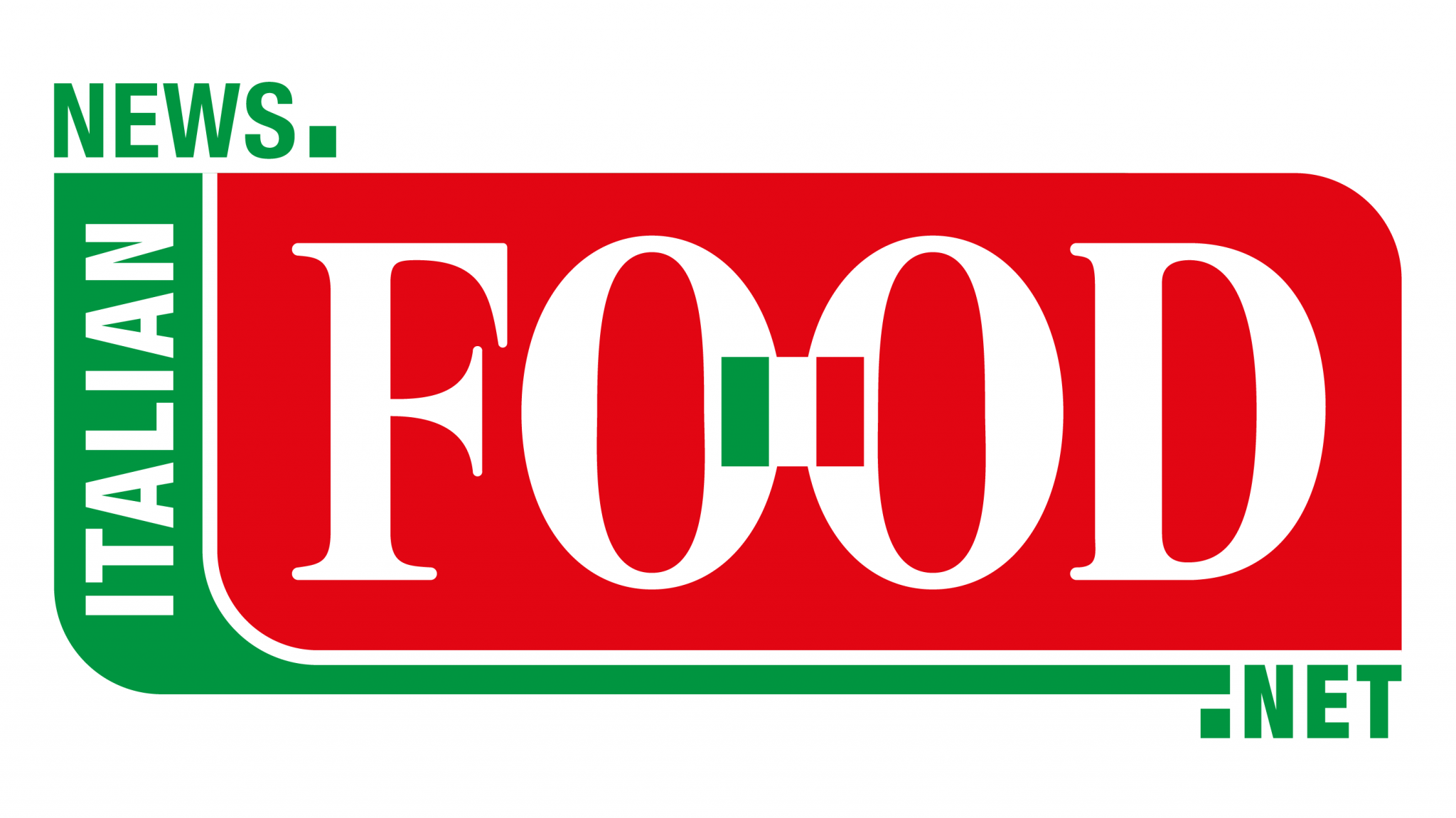
Italy’s soft wheat production is forecast to grow by around 5% in 2025, surpassing 2.7 million tonnes, according to data from Italmopa, the association representing Italian millers, and FederPrima, the federation of grain and animal nutrition companies. While this marks a positive uptick, it remains far below domestic demand, which exceeds 8 million tonnes, with roughly 6.5 million tonnes earmarked for the milling industry.
QUALITY IMPROVEMENT BRINGS RELIEF
The 2025 harvest is expected to deliver a satisfactory quality profile, both commercially and hygienically—a notable improvement from last year. This boost is largely attributed to favorable weather conditions that averted the problems that affected the 2024 crop.
Vincenzo Martinelli, president of Italmopa, commented: “We are seeing a modest increase in domestic soft wheat production, despite a downturn in Emilia-Romagna, the country’s leading soft wheat region. This growth is driven more by improved yields per hectare than by expanded acreage, which has remained stable. Nonetheless, the volume increase is insufficient to bridge the structural gap between production and internal demand, which stands at over 8 million tonnes, including 6.5 million tonnes for milling.”
REDUCED RISK OF DOWNGRADING TO ANIMAL FEED
The improved quality of the 2025 crop significantly lowers the risk that significant volumes will be downgraded for animal feed, a problem that plagued last year’s harvest.
Francesco Vacondio, head of Italmopa’s soft wheat millers section, noted: “Unlike the 2024 crop, the 2025 harvest does not raise the same quality concerns. Consequently, the domestic supply available to the milling industry should exceed the proportional increase in production volumes. The risk of a large portion of the crop being diverted to feed use is now marginal.”
ITALY’S MILLING SECTOR: A BEACON OF FOOD EXCELLENCE
Italy’s milling industry enjoys an international reputation for quality, thanks to millers’ expertise in selecting, blending, and processing premium wheat varieties into a diverse range of flours.
Flour usage breaks down as follows:
- Bread and bread substitutes: 58%
- Biscuits, baked goods, and pastry: 18%
- Pizza: 10%
- Exports: 8%
- Domestic use: 4%
- Pasta production: 2%
Despite gains in production, Italy remains structurally dependent on soft wheat imports—a persistent challenge underscoring the need for strategic efforts to bolster national output.
